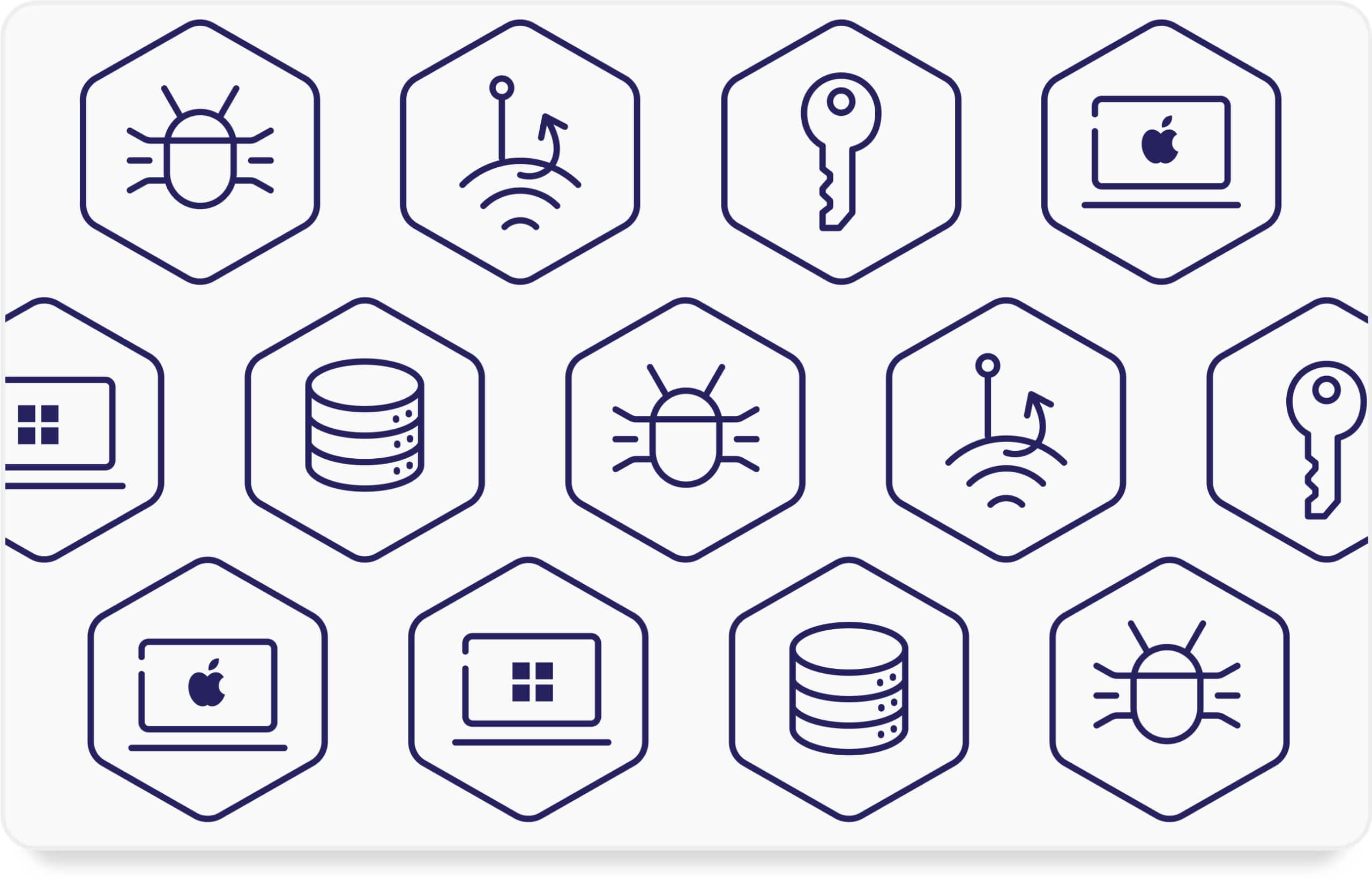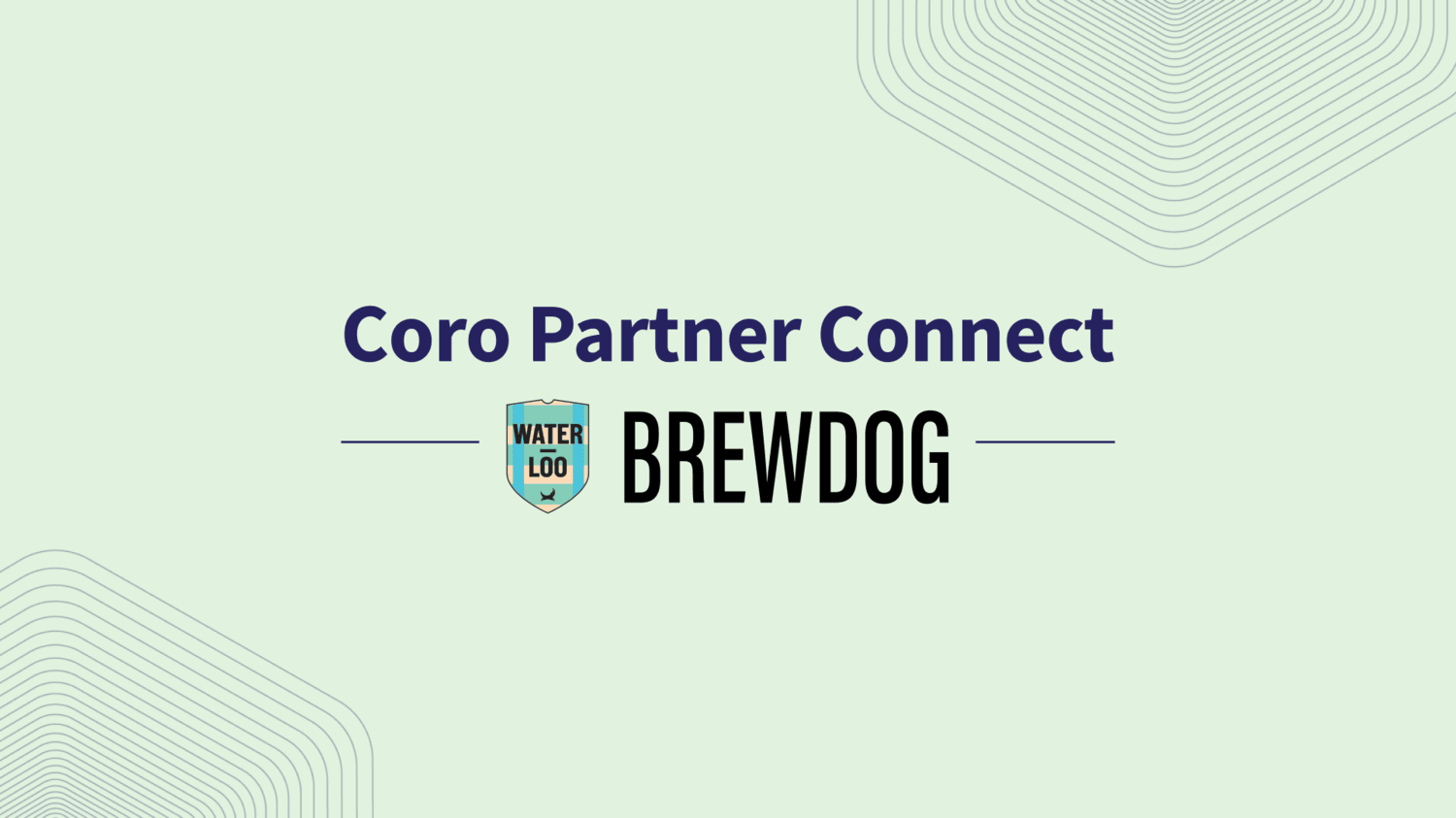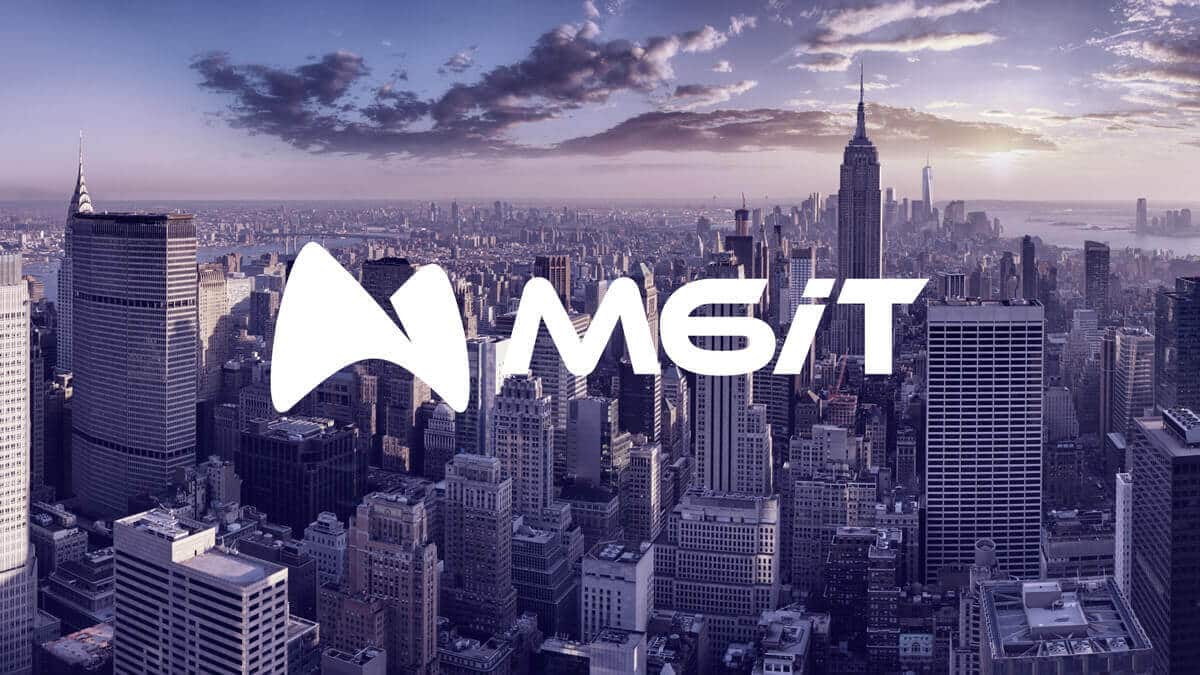A security operations center (SOC) is a team of experts that monitor a business’s operations and improve its ability to detect, respond to, and prevent cybersecurity threats. It coordinates and unifies all cybersecurity technology and operations across all networks, devices, appliances, and data assets.
Forms/Types of SOC
There are different types of SOCs, each with its own strengths and weaknesses:
- Dedicated SOC: This is the most comprehensive type of SOC, built and operated in-house by the organization itself. It offers complete control and customization, with a team of security analysts dedicated solely to your network and infrastructure. While this approach does allow companies to tailor their threat detection and response strategy according to their unique operating environment, it is expensive to build and maintain. It requires highly skilled personnel to operate and may be too resource-intensive for smaller businesses.
- Co-managed SOC (Hybrid SOC): This model combines in-house security expertise with the resources and expertise of a managed security service provider (MSSP). The MSSP monitors your network and provides threat detection and response services while your internal team retains control over critical decisions and incident response. It’s a more cost-effective solution that leverages MSSP expertise while maintaining some control, suitable for organizations with limited security resources.
- Security Operations Center as a Service (SOCaaS): This is a fully outsourced SOC solution where an MSSP takes complete responsibility for monitoring your network, detecting threats, and responding to incidents. With this approach, there is minimal upfront investment, access to specialized security expertise, and 24/7 monitoring and response.
- Multifunction SOC/NOC (Network Operations Center): This model combines the functions of a traditional SOC with a Network Operations Center (NOC), which monitors and manages network performance and availability. This can be a cost-effective option for organizations with limited resources, but it requires careful integration and coordination between the security and network teams.
- Command SOC/Global SOC: This type of SOC is typically used by large enterprises with geographically dispersed operations. It acts as a central hub for all security operations, coordinating activities across different regional SOCs or security teams. It offers a centralized command and control center, with improved threat visibility across the entire organization and efficient incident response coordination, but it comes with high costs and great complexities.
The best way to explain the inner workings of a SOC is to observe a beehive in summer. Bees diligently collect nectar (data), return to the hive to process it (business operations), and share it with others to keep the hive thriving. But amidst the hardworking drones, there are lurking threats – wasps and spiders (hackers, malware).
The SOC is the hive’s control center, manned by vigilant worker bees (security analysts). They use scout bees to detect intruders, comb cleaners that investigate vulnerabilities in the internal structure, and messenger bees that communicate and ensure everyone works together to protect their most critical asset, the Queen.
When a scout bee spots a wasp entering the hive (unusual data activity), the alarm buzzes, and the entire hive swarms together to protect the queen. Even the most well-defended hive can encounter the occasional wasp. But with a vigilant SOC team in place, the bees can quickly neutralize the threat, patch up the hive, and continue their vital work.
Why Should Businesses Care About a SOC?
In the past, a SOC was only accessible to large enterprise organizations. Thanks to modern technology and outsourced providers, even small businesses can have a SOC protecting their business. The question is…why would they invest in one? Here are a few key reasons:
Reason #1: SOCs can enhance security
A SOC constantly monitors your network and systems for threats. It identifies vulnerabilities, picks up on suspicious activity, and analyzes your data 24/7 so that you can respond to threats and attacks. This greatly increases your ability to defend your business against cyber threats.
Reason #2: SOCs reduce financial risk
Data breaches and cyberattacks are expensive, resulting in lost revenue, damaged reputation, legal fines, and customer churn. A robust SOC minimizes these risks by promptly shutting down threats before they escalate, saving businesses hundreds of thousands of dollars in potential damages.
Reason #3: Streamlined operations
A SOC centralizes all security operations, providing a single point of contact and streamlined incident response. This improves communication and collaboration between IT and security teams, leading to faster response times and increased operational efficiency.
Reason #4: Access to expertise
Building and maintaining an in-house security team can be challenging and expensive. A SOC provides access to highly skilled cybersecurity professionals with extensive experience in threat detection, incident response, and vulnerability management without the burden of recruiting and retaining these specialists on your own.
The SOC and Your Broader Cybersecurity Program
A SOC forms part of a robust cybersecurity program that may include:
This framework lays out a set of prioritized, actionable recommendations for cyber defense, focused on the 20 most critical controls to stop common cyberattacks. The SOC can be tasked with continuously monitoring and testing the controls outlined in CIS Controls. This ensures your organization maintains a strong security posture in line with CIS recommendations. CIS Controls emphasize a structured approach to incident response. The SOC serves as the central hub for incident detection, containment, eradication, and recovery, applying CIS response strategies to minimize damage and improve future preparedness.
A voluntary framework providing a flexible and tiered approach to managing cybersecurity risks. NIST offers five core functions: Identify, Protect, Detect, Respond, and Recover, guiding organizations in building a comprehensive cybersecurity program. The SOC actively identifies vulnerabilities and suspicious activity as part of the “Identify” function of the NIST CSF. This information feeds into security strategies for protecting critical assets.
It also plays a central role in all three remaining functions of the NIST CSF. It detects threats through continuous monitoring, responds to incidents with established protocols, and supports recovery efforts to restore normal operations.
This international standard for establishing, implementing, and maintaining an Information Security Management System (ISMS) requires a SOC as a key component. It helps to implement and maintain security controls, monitor for threats, and respond to incidents, all in line with the ISMS framework.
MITRE ATT&CK is a globally recognized knowledge base of adversary tactics, techniques, and procedures (TTPs) used in cyberattacks. The SOC uses MITRE ATT&CK as a knowledge base to understand the tactics, techniques, and procedures (TTPs) employed by adversaries. By mapping detected activities to the ATT&CK framework, analysts can prioritize threats based on their potential impact and align their response efforts accordingly. SOC analysts can leverage the ATT&CK framework to proactively hunt for suspicious activities even before they trigger traditional alarms. By understanding the TTPs used in past attacks, they can identify indicators of compromise (IOCs) and anomalies that might otherwise go unnoticed.
Related Systems or Technologies
When it comes to cybersecurity, a Security Operations Center (SOC) is the central hub, but it doesn’t operate in a vacuum. Several related systems and technologies play crucial roles in supporting the SOC:
- Security Information and Event Management (SIEM): An SIEM platform collects and analyzes data from various security sources (firewalls, endpoint security tools, etc.) to identify potential threats and suspicious activity. It acts as the SOC’s brain, providing a centralized view of the security landscape and alerting analysts to anomalies that might need investigation.
- Endpoint Detection and Response (EDR): EDR tools keep an eye on devices (laptops, servers, etc.) for malicious activity and potential endpoint security breaches. They provide deep visibility into endpoint behavior, offering the SOC real-time insights into suspicious processes, file changes, and suspicious network connections.
- Threat Intelligence Feed: These feeds provide information about evolving cyber threats, including attacker tactics, techniques, and procedures (TTPs), malware signatures, and vulnerability exploits. The SOC leverages this intelligence to improve threat detection, prioritize incidents, and inform response strategies.
- Vulnerability Management System: This system scans your IT infrastructure for known vulnerabilities and weaknesses in software, operating systems, and network configurations. It helps the SOC prioritize patch updates and address vulnerabilities before they can be exploited by attackers.
- Security Orchestration, Automation, and Response (SOAR): SOAR platforms automate repetitive tasks in the incident response process, such as log analysis, containment actions, and remediation procedures. This frees up valuable time for SOC analysts to focus on complex investigations and strategic decision-making.
- Network Traffic Analysis (NTA): NTA tools analyze network traffic to identify malicious activity that might evade traditional detection methods. They can detect anomalies in network communication, such as unusual data transfers or connections to suspicious IP addresses.
Related Regulations and Compliance Goals
Several industry regulations and standards play a crucial role in shaping the way companies handle cybersecurity threats, specifically ransomware attacks. These regulations aim to safeguard sensitive data, uphold individual privacy, and foster a secure and resilient business environment. SOC has a part to play in compliance with each of these regulations:
- Region: European Union (EU)
- Requirements:
- Implementation of appropriate security measures to protect personal data, including safeguards against ransomware attacks.
- Prompt notification of a ransomware incident to relevant data protection authorities and affected individuals.
- Demonstration of accountability for the security of personal data.
- Industry: Healthcare (United States)
- Requirements:
- Assurance of the confidentiality, integrity, and availability of electronic protected health information (ePHI) to prevent ransomware attacks.
- Conducting risk assessments to identify and mitigate vulnerabilities.
- Implementation of procedures for responding to and recovering from ransomware incidents.
- Industry: Payment Card Industry
- Requirements:
- Protection of cardholder data from unauthorized access, including safeguards against ransomware threats.
- Regular monitoring and testing of security systems and processes to detect and respond to potential ransomware incidents.
- Industry: Financial Services
- Requirements:
- Implementation of cybersecurity measures to protect financial data and systems, including defenses against ransomware attacks.
- Collaboration with the financial services community to share threat intelligence and enhance collective security.
- Industry: General (United States)
- Requirements:
- Identification, protection, detection, response to, and recovery from cybersecurity incidents, including ransomware attacks.
- Development and implementation of risk management processes to address cybersecurity risks.
- Industry: General
- Requirements:
- Establishment of an Information Security Management System (ISMS) to address risks, including those posed by ransomware.
- Regular assessment and updating of security controls to maintain the effectiveness of the ISMS.









